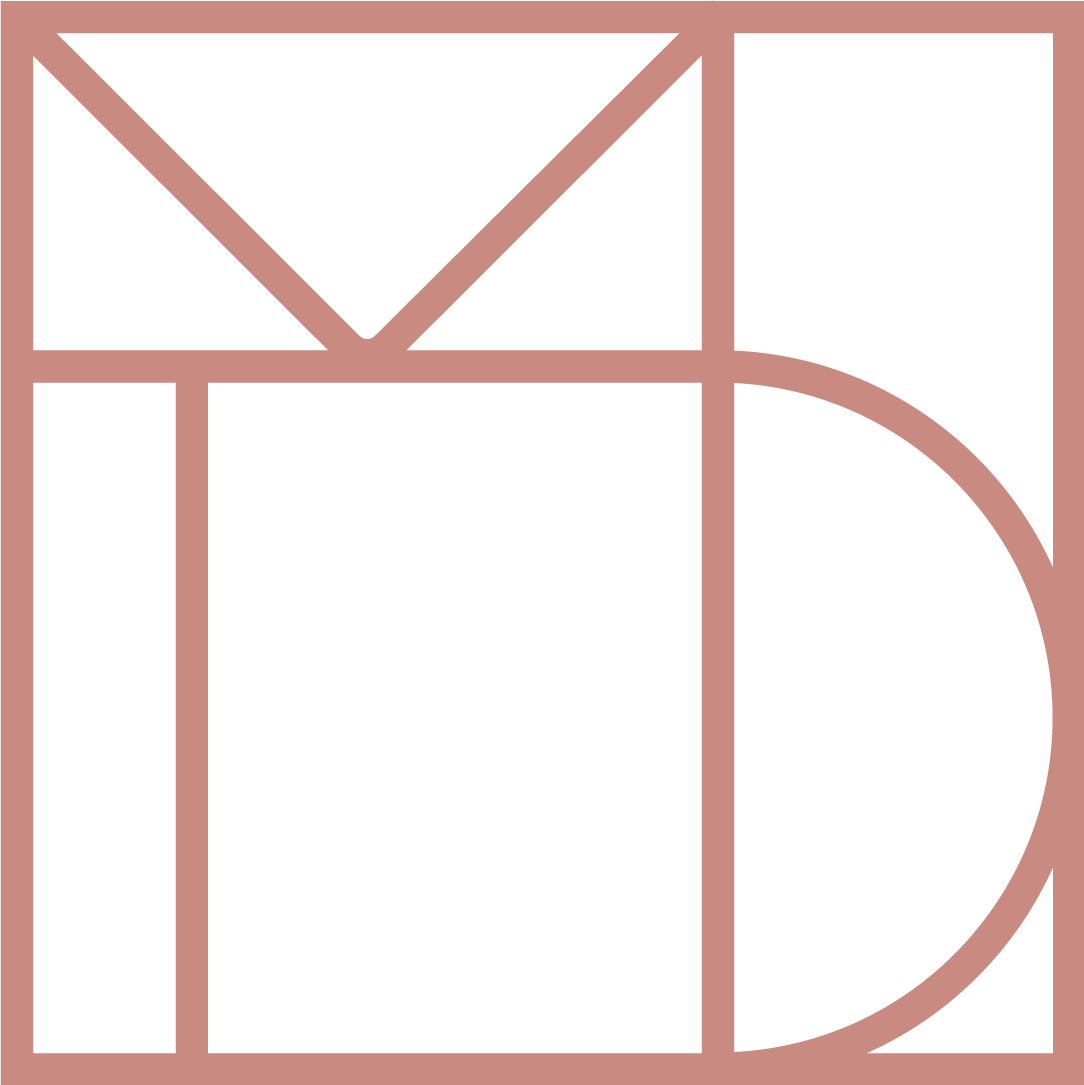Fat transfer, also known as autologous fat grafting, is a cosmetic procedure that involves the transfer of a patient’s excess body fat to their face to enhance volume and rejuvenate their appearance. Dr. Fahradyan offers this minimally invasive technique to reverse the age-related loss of facial volume and elevate natural facial contours.
Fat Transfer
Restore Lost Volume & Elevate Facial Contours
Fat transfer, also known as fat grafting or autologous fat transplantation, is a cosmetic procedure to restore lost facial volume and elevate facial contours. It involves the extraction of excess fat from areas like the abdomen or thighs through liposuction. The harvested fat is processed and purified before re-injection into targeted facial regions. This technique adds volume and promotes a more youthful appearance, as the patient’s own fat is used to enhance facial features, providing natural and long-lasting results.

Fat Transfer Corrects:
- Loss of facial volume due to aging
- Hollowed or sunken cheeks
- Wrinkles and fine lines
- Facial asymmetry or irregular contours
- Depressed scars or skin irregularities
Fat Transfer Preparation Guidelines:
- Undergo a thorough medical evaluation to assess your suitability for the procedure.
- Inform your surgeon about any medications or supplements you’re taking.
- If you smoke, stop smoking several weeks before surgery to improve healing.
- Limit alcohol consumption in the weeks leading up to the procedure to reduce bleeding.
- Stay adequately hydrated for optimal recovery and skin health.
- Discontinue blood-thinning medications or supplements as advised by Dr. Fahradyan.
- Arrange for someone to drive you home after the procedure.
- Plan for post-operative care, including a comfortable recovery space.
- Adhere to any fasting instructions provided by your surgeon prior to the surgery.
Fat Transfer Aftercare Guidelines:
- Allow your body to recuperate by getting plenty of rest and sleep.
- Take prescribed pain medications as directed by your surgeon to manage discomfort.
- Watch for signs of infection, such as redness, swelling, or increased pain.
- Wear any compression garments provided to reduce swelling and aid in healing.
- Shield your face from direct sunlight and use sunscreen to prevent hyperpigmentation.
- Cleanse your face gently with mild soap and water as instructed by your surgeon.
- Apply cold compresses to minimize postoperative swelling.
- Refrain from vigorous exercise and heavy lifting for several weeks.
- Maintain a healthy diet and stay hydrated to support healing.
- Attend all scheduled follow-up appointments to monitor your progress.
Benefits of Fat Transfer:
- Utilizes the patient’s own fat for a more authentic appearance.
- Provides lasting results compared to some temporary fillers.
- Includes liposuction to contour the donor areas.
- Reduces the risk of allergies since it uses the patient’s own tissue.
- Can address multiple facial concerns, including volume loss and wrinkles.
- Only requires small incisions for fat extraction and injection.
- Rarely causes tissue rejection since it’s autologous.
- Allows precise shaping and contouring for personalized results.
- Typically, it involves a shorter recovery period than other surgical alternatives.

Fat Transfer FAQs
How does fat transfer work?
The process begins with liposuction, where Dr. Fahradyan harvests excess fat from donor sites like the abdomen, thighs, or flanks. This fat is carefully processed to remove impurities, excess fluids, and damaged cells. What remains is a concentration of healthy fat cells. The purified fat is injected into specific areas of the face where enhancement is desired. Once transplanted, these living fat cells establish a new blood supply, becoming integrated into the facial tissues. Over time, the fat grafts settle, providing a natural improvement in facial aesthetics.
Is fat transfer safe?
Fat transfer is generally safe. Since it uses the patient’s fat, the risk of allergic reactions or tissue rejection is minimal. However, as with any surgical procedure, there are potential risks and complications, such as infection, bleeding, or uneven results, which Dr. Artur Fahradyan takes all available measures to prevent.
How long do fat transfer results last?
Results can vary, but fat transfer is known for its exceptional longevity. Some fat is absorbed by the body in the months following the procedure, but the remaining fat cells typically establish a permanent presence in the new location.
When can I return to work and normal activities?
There may be some discomfort and swelling after the procedure, but it is usually manageable with prescribed pain medication. The recovery time varies, but most patients can return to work within a week and resume normal activities gradually over a few weeks, depending on the extent of the procedure.

Why Choose Dr. Artur Fahradyan?
Dr. Artur Fahradyan is a plastic surgeon board-certified by the American Board of Plastic Surgery, known for his knowledge of a comprehensive range of cosmetic plastic surgery procedures. With a commitment to understanding each patient’s specific needs, desires, and concerns, Dr. Fahradyan crafts personalized treatment plans. His dedication to safety, artistry, and exceptional patient care make him the right choice for your cosmetic needs. Schedule a consultation with Dr. Fahradyan to explore your options.
